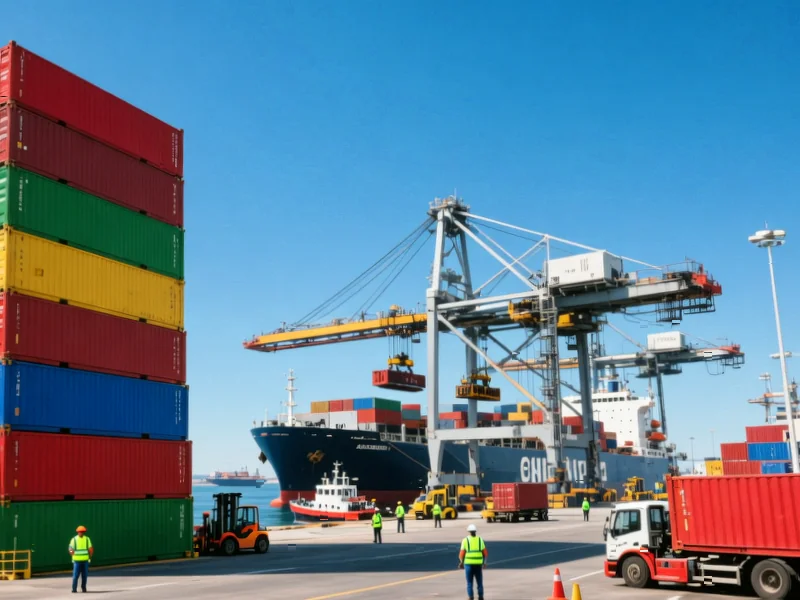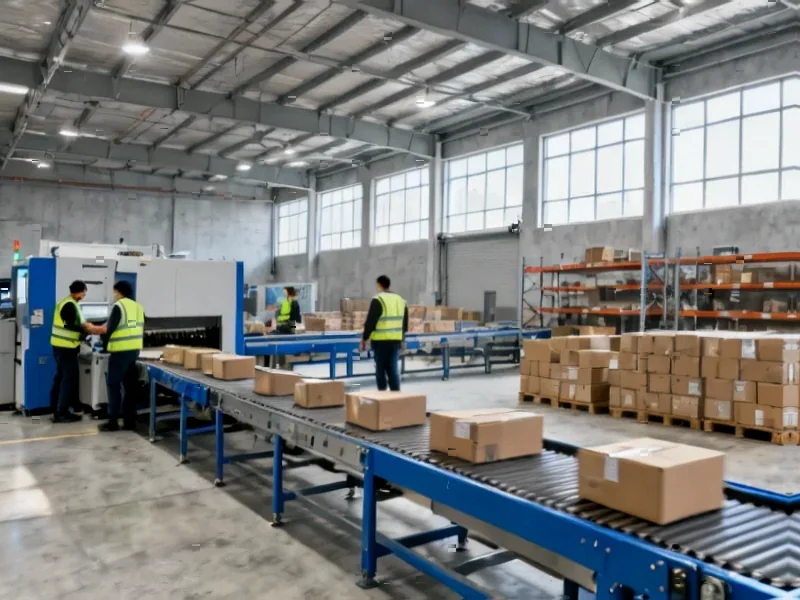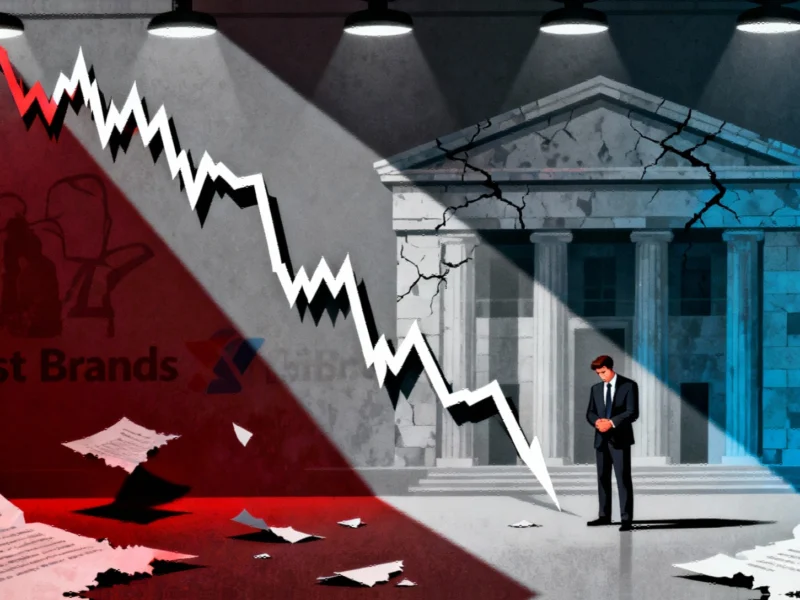According to Manufacturing.net, President Donald Trump announced significant tariff reductions following his 100-minute meeting with Chinese leader Xi Jinping in Busan, South Korea. The U.S. will lower tariffs on China from 57% to 47%, specifically reducing fentanyl-related tariffs from 20% to 10%. China agreed to resume rare earth element exports and purchase American soybeans, while both leaders discussed Nvidia’s potential advanced computer chip exports to China. Trump described the meeting as “a 12” on a 0-10 scale and plans to visit China in April, with Xi visiting the U.S. afterward. Despite this progress, sources of tension remain between the world’s two largest economies. This development represents another chapter in the volatile trade relationship that continues to shape global manufacturing.
Table of Contents
The Manufacturing Reality Behind the Headlines
While the tariff reduction provides immediate relief for manufacturers caught in the crossfire, the underlying structural issues remain largely unaddressed. The tariff warfare has fundamentally reshaped global supply chains over the past several years, forcing companies to diversify production away from China toward Southeast Asia, Mexico, and other regions. Many manufacturers have already absorbed the costs of this diversification, meaning the tariff reduction may not immediately reverse these strategic shifts. The temporary nature of previous trade truces has taught manufacturers to maintain flexible, resilient supply chains rather than betting on permanent political solutions.
Rare Earth Elements: China’s Strategic Leverage
China’s agreement to resume rare earth element exports represents a significant concession, but it also highlights Beijing’s continued dominance in this critical sector. China controls approximately 60% of global rare earth mining and nearly 90% of processing capacity, giving them substantial leverage over high-tech manufacturing sectors including electric vehicles, defense systems, and consumer electronics. While the U.S. and other countries have been working to develop alternative sources, these efforts remain years away from meaningful production capacity. The temporary export resumption doesn’t change the fundamental vulnerability that Western manufacturers face in this strategically essential area.
The Political Theater Behind Economic Policy
The meeting between Trump and Xi reflects the complex interplay between domestic politics and international trade policy. For Trump, the tariff reduction provides a political victory he can showcase to American farmers and manufacturers ahead of the election cycle. For Xi and the leadership in Beijing, the agreement offers economic breathing room as China faces domestic economic challenges including property market instability and slowing growth. Both leaders benefit from projecting strength and diplomatic success to their domestic audiences, even as the fundamental competition between their economic systems continues unabated.
The Unresolved Technology Transfer Battle
The mention of Nvidia’s potential chip exports to China points to the ongoing tension around technology transfer and semiconductor dominance. While the immediate focus is on trade balances and tariffs, the deeper conflict involves control over emerging technologies like artificial intelligence, quantum computing, and advanced semiconductors. The U.S. has maintained restrictions on certain advanced technology exports to China for national security reasons, and these fundamental concerns aren’t resolved by temporary tariff adjustments. Manufacturers in both countries continue to navigate an increasingly complex regulatory environment where technology development and national security concerns increasingly intersect with trade policy.
Long-Term Outlook: Managed Competition Continues
This latest agreement follows a familiar pattern of temporary de-escalation followed by renewed tensions. The fundamental structural competition between the U.S. and Chinese economic models ensures that trade relations will remain volatile. Manufacturers should expect continued uncertainty as both nations use economic tools to advance strategic interests. The most likely scenario is not a return to pre-trade war normalcy but rather a new equilibrium characterized by managed competition, selective cooperation, and ongoing friction. Companies operating in affected sectors would be wise to maintain the supply chain resilience and flexibility they’ve developed during previous rounds of tension.
Related Articles You May Find Interesting
- The Silent Siege: Why Your Smart Home Is Under Constant Attack
- Modular PFAS Solutions Reshape Small Town Water Infrastructure
- OpenAI’s $1 Trillion IPO Gamble: The High-Stakes Race for AI Dominance
- CoreWeave’s $9B AI Ambitions Derailed by Shareholder Revolt
- Ireland’s Data Center Dilemma Deepens with Kilmeaden Proposal



